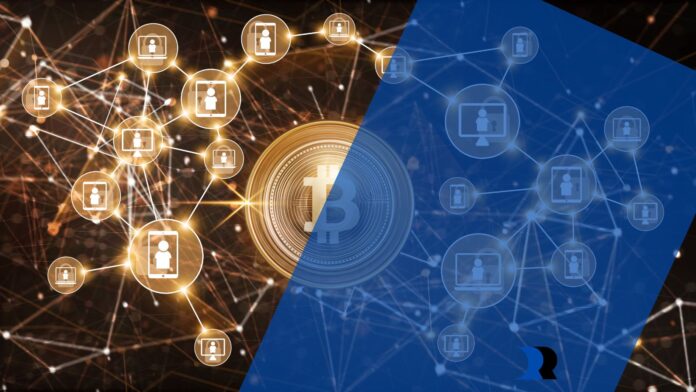Introduction
Bitcoin, the first decentralized cryptocurrency, has captured the imagination of many, but its complexity often acts as a barrier to widespread adoption. The key to overcoming this barrier lies in education. By providing accurate information and dispelling myths, we can bridge the knowledge gap and make Bitcoin more accessible to everyone. One way to facilitate this education is through platforms like Immediate Gains Pro, which offer valuable resources and tools for learning about Bitcoin and other cryptocurrencies.
The Basics of Bitcoin
To understand Bitcoin, we must first grasp its fundamental principles. Created in 2009 by an unknown person or group of people using the pseudonym Satoshi Nakamoto, Bitcoin operates on a decentralized network called the blockchain. This network allows for secure, peer-to-peer transactions without the need for a central authority.
Bitcoin transactions are recorded on the blockchain, a public ledger that is maintained by a network of computers called miners. These miners validate transactions and secure the network by solving complex mathematical puzzles. In return for their efforts, miners are rewarded with newly minted bitcoins.
Common Misconceptions
Despite its growing popularity, Bitcoin is often misunderstood. One common misconception is that Bitcoin is anonymous. In reality, all Bitcoin transactions are recorded on the blockchain, making them traceable. While users can create pseudonymous addresses, their transactions can still be linked to their identities through various means.

Another misconception is that Bitcoin is primarily used for illegal activities. While it’s true that Bitcoin has been used for illicit purposes in the past, the majority of Bitcoin transactions are legitimate. Many businesses now accept Bitcoin as a form of payment.
Lastly, there is a misconception about Bitcoin’s environmental impact. Some critics argue that Bitcoin mining consumes a large amount of energy, contributing to climate change. While it’s true that mining does require energy, it’s important to note that many miners use renewable energy sources, and the overall environmental impact of Bitcoin is a topic of ongoing debate.
Educational Initiatives
Recognizing the importance of education, various initiatives have been launched to increase Bitcoin literacy. Online courses, workshops, and seminars are just a few examples of these efforts. These initiatives aim to provide accessible and easy-to-understand information about Bitcoin, helping to demystify the technology for the general public.
One notable example is the Bitcoin Academy, an online platform that offers free courses on Bitcoin and blockchain technology. The academy covers a wide range of topics, from the basics of Bitcoin to more advanced concepts like smart contracts and decentralized finance (DeFi).
Challenges in Bitcoin Education
Despite the efforts of educational initiatives, there are still challenges in educating the public about Bitcoin. One of the main obstacles is the technical complexity of the technology. Understanding concepts like blockchain and mining can be daunting for those unfamiliar with the technology.
Another challenge is the prevalence of misinformation. Due to Bitcoin’s relatively short history and its association with the digital underground, there are many misconceptions and myths surrounding the technology. Educators must work diligently to separate fact from fiction and provide accurate information to the public.
The Role of Institutions and Governments
Institutions and governments also play a crucial role in promoting Bitcoin education. Some countries have taken steps to educate their citizens about Bitcoin, recognizing its potential to revolutionize the financial industry.

For example, El Salvador became the first country to adopt Bitcoin as legal tender, a move that has sparked interest in other countries to follow suit.
Institutions such as universities and research institutions are also contributing to Bitcoin education. Many universities now offer courses on blockchain and cryptocurrency, providing students with the opportunity to learn about this emerging technology.
Future Outlook
Looking ahead, the future of Bitcoin adoption and education appears promising. As more educational initiatives are launched and more institutions and governments embrace Bitcoin, we can expect to see increased adoption and mainstream acceptance of the technology.
Conclusion
In conclusion, education is key to bridging the knowledge gap in Bitcoin. By providing accurate information, dispelling myths, and making the technology more accessible, we can ensure that everyone has the opportunity to benefit from this revolutionary technology. As we continue to educate ourselves and others about Bitcoin, we can pave the way for a more inclusive and decentralized financial future.


